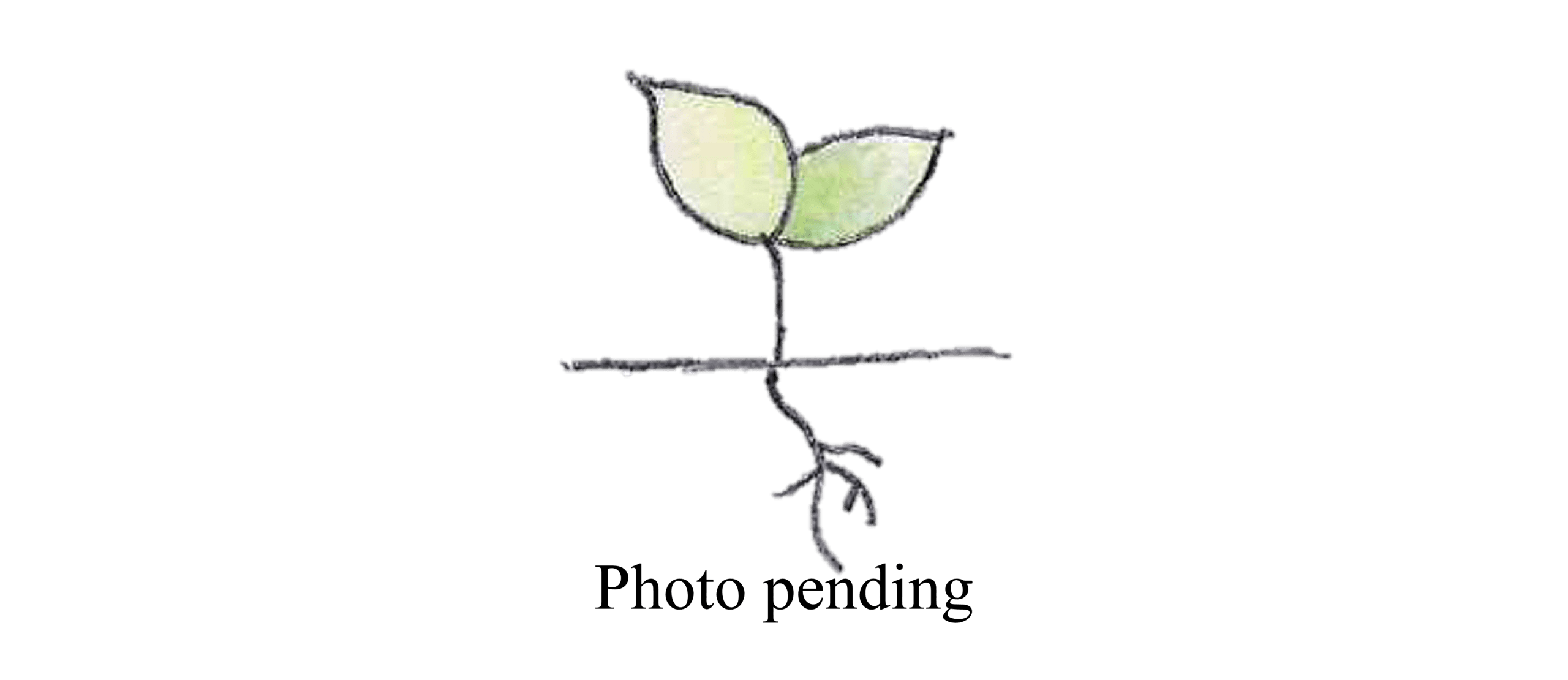Black she- oak
Allocasuarina littoralis, Fam. Casuarinaceae

Usually a small tree, up to 10m, a low dense shrub in wind swept coastal areas, with rough grey black bark. Slender green branchlets 0.3-0.5m thick. From the latin litus, litorus referring to its largely coastal distribution.
| Weed Category: | |
| Weed: | No |
| Form or habit: | Shrub, Small tree |
| Family: | Casuarinaceae |
| Leaf: | Six to eight (rarely five or nine) reduced leaves forming a whorl around the nodes of the branchlets, which have the appearance of foliage. |
| Flower conspicuous: | Conspicuous |
| Flower colour: |
Red |
| Flower description: | Flowers are unisexual, with male and female flowers usually on different plants. Male flowers are rusty red, abundant and occur in the leaf sheaths towards the tips of the branchlets. Female flowers are red and clustered in small dense heads at the branchlet tip of laterally. Flowering colouring is due to the stamen and styles, for male and female flowers respectively, as the species has no petals. Autumn to Spring. |
| Fruit conspicuous: | Conspicuous |
| Fruit colour: |
Brown |
| Fruit: | |
| Fruit description: | Woody cones, 1-3 x 0.8-2.1cm and more or less cylindrical. With many valves formed from enlarged bracteoles. Each valve contains an indehiscent, one seeded, winged fruit (a samara). |
| Habitat: | Beach strand, coastal dune, woodland |
| Distribution | Queensland, New South Wales, Victoria, Tasmania. |
| Food source for: | Seed eaten by glossy black cockatoo and crimson rosella. Larval food plant of the moths Cynosarga ornata and Pernattia exposita. |
| Toxicity: | No toxicity known |
| Origin: | Australia |
| Notes: | Tolerates full sun to moderate shade. Useful tree for shelter belts. Trees are usually fire sensitive and re-establish from seed. Resprouting form the base and stem does sometimes occur. Seed is retained on the plant temporarily and there is no soil seed bank. Grow from seed. The wood is an excellent fuel. Aborigines chewed the gum exudates or ate the jelly formed by melting the gum in warm water. |
| Information sources: | Melzer R. & Plumb J. (2007) Plants of Capricornia. |



